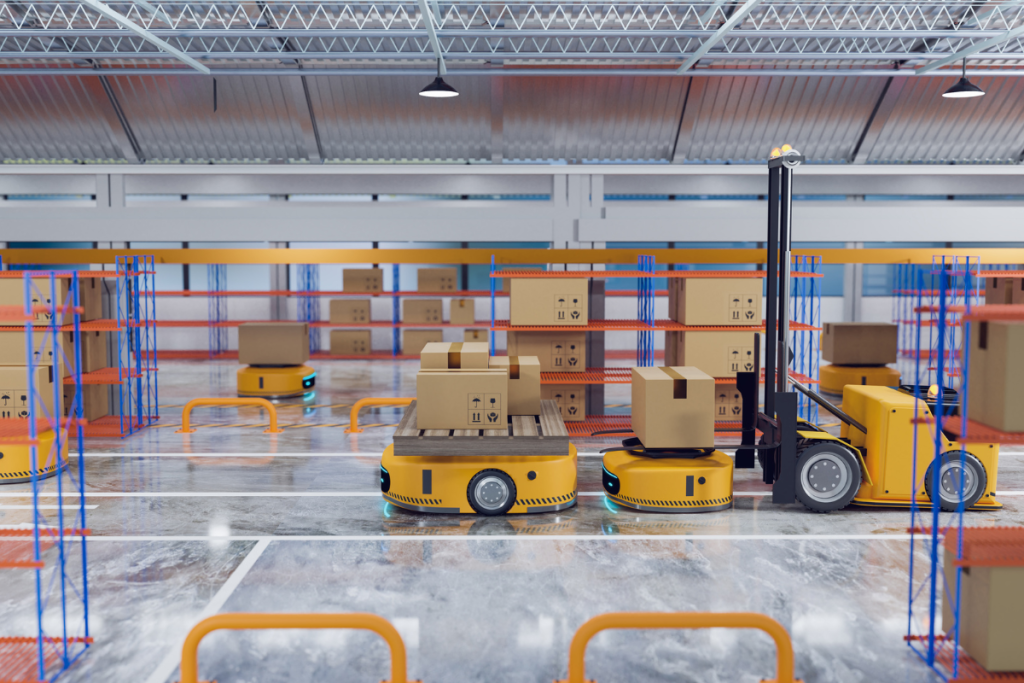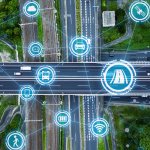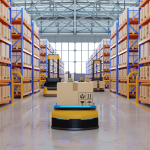As fulfillment centers brace for unpredictable spikes in order volumes, robotics fleets are evolving from task executors to self-coordinating systems. Swarm robotics, where hundreds of bots dynamically adjust routes, assignments, and behaviors based on real-time feedback, offers a new model for intralogistics responsiveness during peak demand.
From Static Schedules to Self-Organizing Fleets
Traditional warehouse robotics operated in rigid task sequences, with pre-assigned routes and workflows. But these models buckle under pressure when congestion builds, a picker falls behind, or demand surges unexpectedly. Inspired by distributed intelligence in nature, swarm robots continuously communicate with each other, rebalancing tasks and rerouting around bottlenecks in real time.
Locus Robotics recently deployed over 200 bots in a live fulfillment environment where swarm logic enabled autonomous task redistribution. The company reported 40% improvement in overall picking efficiency, without increasing labor or infrastructure.
This model isn’t just about speed, it’s about resilience. When conditions shift, swarm systems flex. If one robot stalls, others adapt. If one zone overloads, workloads are rerouted elsewhere. It’s a form of emergent orchestration that turns static automation into adaptive logistics intelligence.
The New Swarm Coordination Playbook
Localized Decision-Making Engines: Each bot is equipped with localized AI to make routing and task decisions independently. These micro-decisions are continuously broadcast across the fleet, allowing every unit to adjust its behavior without waiting for centralized commands.
Real-Time Task Redistribution: Swarm platforms break large picklists into tasklets that can be reassigned mid-execution. If congestion is detected in Zone B, bots in nearby zones automatically absorb overflow tasks, smoothing throughput without intervention.
Dynamic Load Balancing Across Zones: Warehouse maps are no longer static. Zones are treated as fluid capacity pools. If inventory density or picker fatigue builds in one area, the system shifts AMR assignments across zones to equalize workload distribution and prevent local overloads.
Congestion-Aware Navigation Protocols: Traffic awareness is native to swarm behavior. Bots slow or reroute when others are detected in high-density areas, reducing travel time spikes and collision risk—critical for narrow aisles and human-shared environments.
Fallback Continuity for Edge Cases: When wireless signal fades or a node drops offline, swarm robots default to last-known status and switch to contingency routines, maintaining partial functionality until network sync resumes. This ensures continuity during infrastructure disruptions.
From Automation to Autonomous Adaptability
As robotics fleets scale across logistics operations, the goal is no longer just automating workflows, it’s embedding the capacity to self-correct and self-balance under duress. Swarm coordination enables that shift. But as these systems mature, warehouse governance must evolve too.
Swarm doesn’t mean unchecked autonomy. Supervisory logic, safety parameters, and override frameworks remain essential. What changes is the operational posture, from instructing every bot to enabling the fleet to decide for itself. In the high-stakes context of peak logistics, that difference could mean the margin between on-time delivery and operational gridlock.







